Top 10 Travel Tips for Beginner Travelers
12 min readTraveling enriches your soul and broadens your worldview. Each destination showcases cultures, landscapes, and experiences to savor.
If you’re new to traveling, you may be overwhelmed when researching and planning. Of course, careful travel planning is the foundation that promises an adventure filled with wonder, rather than one plagued by preventable mishaps.
We’ve compiled a list of the top tips for beginner travelers to help make your first few trips much less stressful. Crafting an itinerary might seem daunting, but consider it a canvas on which to sketch your ideal trip.
It’s not just about landmarks and schedules—think of it as your travel narrative that guides your days, leaving room for spontaneous moments that often become treasured memories.
Whether it’s the cobblestone streets of a sleepy village or the hustle of a bustling metropolis, your plan sets the pace for a journey that resonates with your travel aspirations. Your destinations are not just places on a map but chapters in your life story waiting to be written.
So, set out with a curious mind and a prepared plan, and the stories you collect will be the kind you reminisce about for years to come. Here are a few of our favorite ways to dive head-first into travel planning, even if globetrotting is new to you.
What We Cover
Essential Travel Tips for Beginner Travelers
1. Start with Easy Destinations
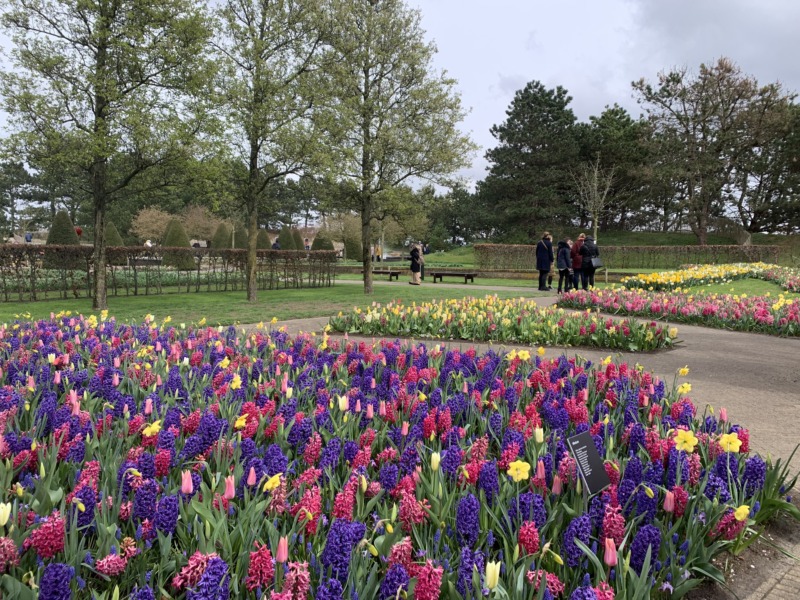
Almost every trip begins with choosing a destination – and I’ll only say almost because some travelers out there will go just about anywhere if they find a good deal. But, as a new traveler, you’ll want to choose places known for their accessibility and comfort.
Countries with robust tourist infrastructure can enhance your travel experience and make getting around easier. Being able to read signs, find destinations, and book experiences geared toward travelers will make your trip feel effortless.
Remember, not all travel has to be expensive. Researching destinations on Google Flights can reveal affordable flight deals. Consider off-season travel to avoid crowds and enjoy lower prices.
Consider language, transportation, and cultural familiarity when selecting your first destination. Destinations with fewer language barriers and a reputation for being family-friendly often provide a smoother transition to international travel.
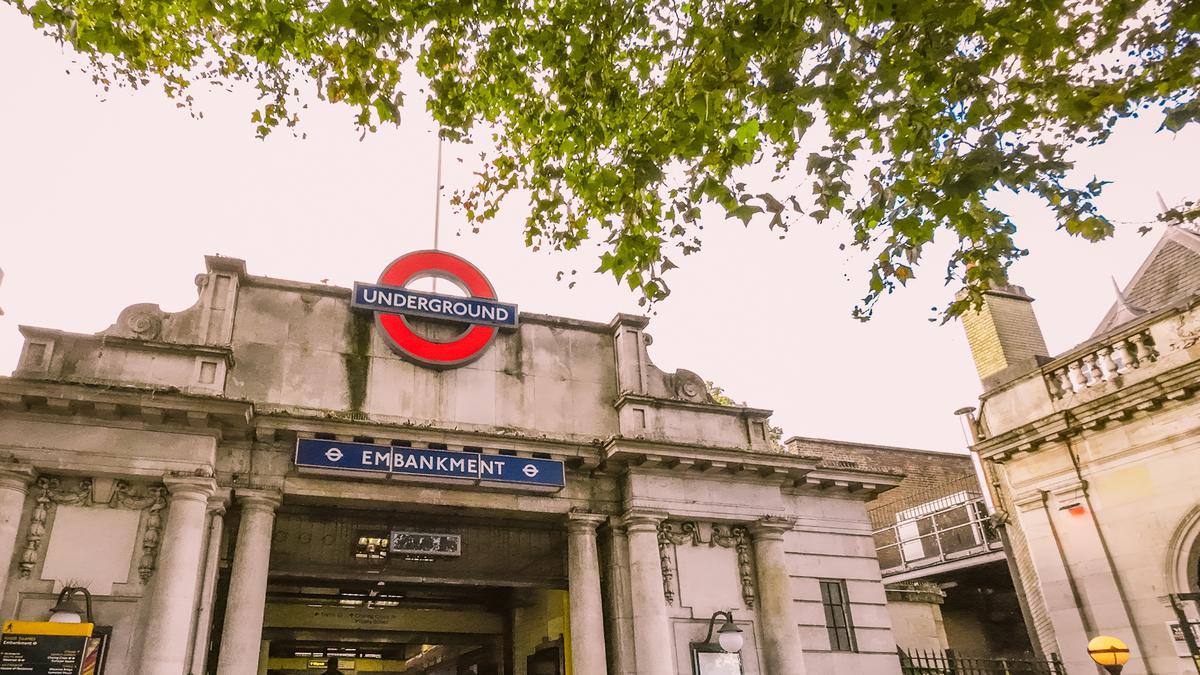
For example, think about tourism-friendly cities in Europe, or the sunny landscapes of Australia, where you’re likely to find a mix of adventure and relaxation. Amsterdam and London are two top picks for anyone’s first trip abroad.
It’s easy to find safe and clean hotels in major cities around the globe, but if you’re new to traveling, don’t wait until you arrive to find a room. Opting for well-reviewed hotels or guesthouses in central areas ensures you’re close to main attractions, reducing transit time and cost.
Unless you have a preferred hotel brand and must stay loyal, a hotel comparison site like Booking.com can help you find a spot with good reviews at a great price. When you book your lodging, it’s a good idea to also book travel insurance.
2. Pack Smart – Not Heavy
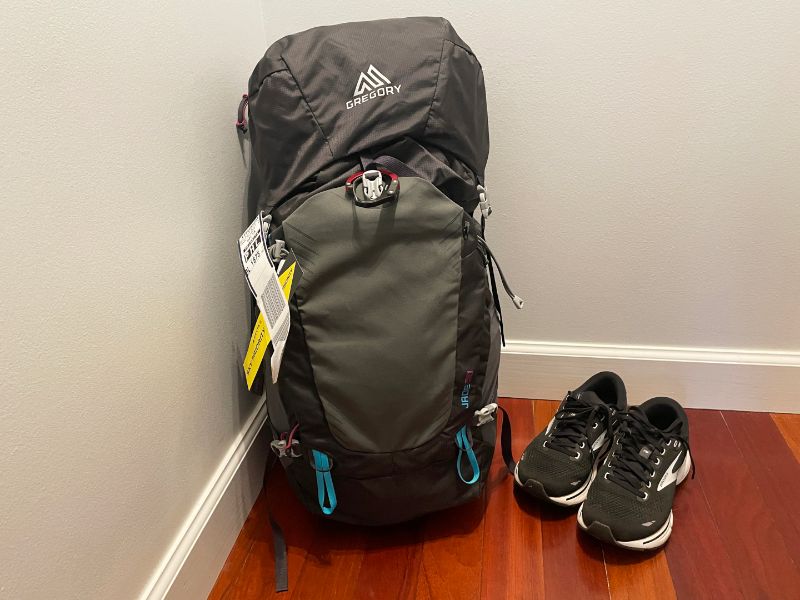
Experienced travelers can enjoy a week nearly anywhere with little more than a backpack. If you’re new to traveling, resist the urge to overpack. You’ll need a lot less than you think. Take the time to make a list.
Essentials First: Start with the necessities—identification, travel documents, money, credit cards, and medications. These are non-negotiable items for your travels.
Clothing: Choose versatile pieces that can be mixed and matched, creating multiple outfits from a few items. Layers are your friend; they allow you to adapt to changing weather without bulking your suitcase.
| Clothing Items | Recommendations |
|---|---|
| Tops | Neutral colors, mix & match |
| Bottoms | Durable, dual-purpose (e.g., shorts that double as swimwear) |
| Layers | Lightweight, easy to combine |
| Shoes | Comfortable, multipurpose footwear |
Minimize Gadgets: Prioritize equipment that serves more than one purpose. A smartphone can double as your camera, map, and travel guide, reducing the need for multiple devices. A battery pack ensures you stay powered on the go.
Toiletries: Opt for travel-size toiletries or use refillable containers to save space. Remember, it’s usually possible to purchase additional supplies at your destination.
Stay Comfortable: Pack a light scarf or a compact travel blanket for long flights. They occupy little space and can greatly increase your comfort during transit.
After you’ve made your list, go through every item with a simple question: “Will I use this enough to justify the space it takes up?” If your answer is doubtful, leave it behind.
Traveling light isn’t just practical—it liberates you to move freely and embrace spontaneous adventures. You’ll have a much better experience on trains and planes if you have to pick up one bag.
See Related: Best Minimalist Travel Backpacks & Bags for Trips
3. Learn Key Phrases in the Local Language

Exploring new horizons means embracing new cultures and experiences. A fundamental aspect of this is connecting with locals, so learning a few key phrases in the local language is a good idea. Your communication effort simplifies your travel experience and shows respect for local customs.
Here are a few things to learn before you take off:
- Greetings: Start with a simple ‘Hello’ or ‘Good morning’. It sets a friendly tone and often leads to a warm reception from the locals.
- Gratitude: ‘Please’ and ‘Thank you’ go a long way in any interaction. It’s the universal currency of politeness.
- Directions: ‘Where is’ or ‘How do I get to’ might save you from getting lost and enable you to discover hidden gems off the beaten path.
- Dining: Phrases like ‘Can I see the menu?’ or ‘I would like to order’ pave the way for enjoying the local cuisine.
- Emergencies: Knowing how to ask for help, ‘I need a doctor’ or ‘Call the police’, ensure safety.
Learning a few phrases means your interactions with locals become more than just information exchanges. They transform into moments of genuine connection.
4. Stay Flexible with Plans

When planning your journeys, you might be tempted to have a detailed schedule mapped out. However, be sure to keep a flexible mindset. Sometimes, the most memorable moments are born from spontaneous decisions.
Bookmark a few points of interest, but leave room for unexpected adventures. Creating a flexible itinerary that includes must-see tourist spots while allowing for spontaneous exploration can be truly rewarding. Embrace destinations that offer a blend of structure and the opportunity to discover hidden gems.
Crafting an itinerary is key to organizing your trip, but consider it a rough draft rather than a binding contract. Flight delays or trip cancellations can be frustrating. Try to view these hiccups as opportunities to explore alternate paths.
- Expect the unexpected: Always have a plan B (and C) for when things go off-course.
- Local insights: Ask local business owners, servers, or taxi drivers for tips to discover hidden gems away from the typical tourist trails.
- Rest and reflect: Build in downtime to rest, which may allow you to stumble upon unplanned adventures.
Give yourself the leeway to meander off the beaten track, but remember, stay safe while you meander. It’s crucial to remain aware of your surroundings and keep informed about local developments that may affect your travels.
- Safety Checklist:
- Stay updated on local travel advisories
- Keep emergency contacts handy
- Inform someone about your travel plans
- In summary, a flexible traveler often finds joy in the journey as much as the destination. Keep your plans loose, your mind open, and your spirit ready for whatever comes your way.
5. Keep Your Documents Organized
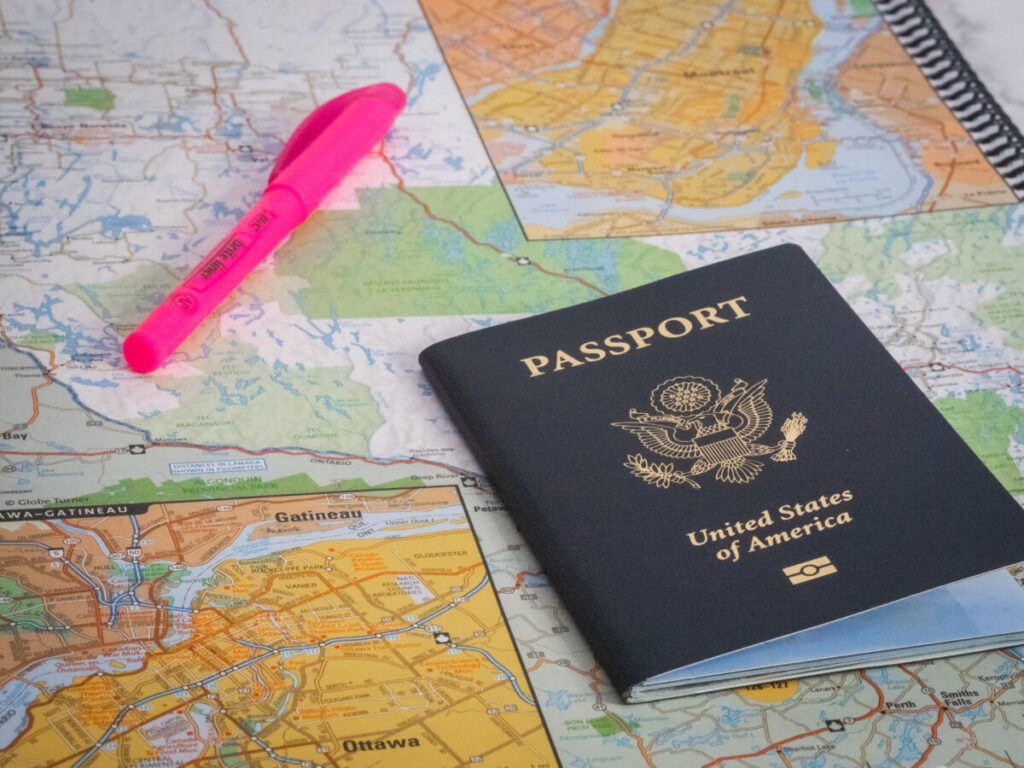
Organizing your travel documents is as crucial as any part of trip planning. Remember, your documents are the keys to a smooth adventure.
Essential Travel Documents:
- Passport: Ensure it’s valid for at least six months beyond your return date.
- Visas: Check the entry requirements for your destination and transit points.
- Travel Insurance: To protect against the unexpected, keep a digital and physical copy.
- Itinerary: Include flight details, accommodation addresses, and pre-booked excursions.
U.S. Department of State & Health Documents:
- Stay informed on travel advisories through the U.S. Department of State’s website.
- Carry proof of vaccinations if required by your destination.
Efficient Travel Programs:
- Consider enrolling in Global Entry for expedited clearance upon returning to the U.S.
- TSA PreCheck can make your security screenings quicker and less stressful.
Organizing Tips:
- Use a Dedicated Travel Wallet: Keep passports, boarding passes, and frequent flyer cards in one place.
- Know Where To Find Digital Backups: Store electronic copies of important documents in a secure cloud service.
- Use A Document Folder: A slash pocket or plastic folder can neatly hold all your paper essentials – but be sure to black out identifying information in case it gets lost.
Before you set off, take a moment to safeguard your peace of mind by ensuring all your documents are organized and accessible. Your future self will thank you for being so astute and well-prepared.
6. Try The Local Food
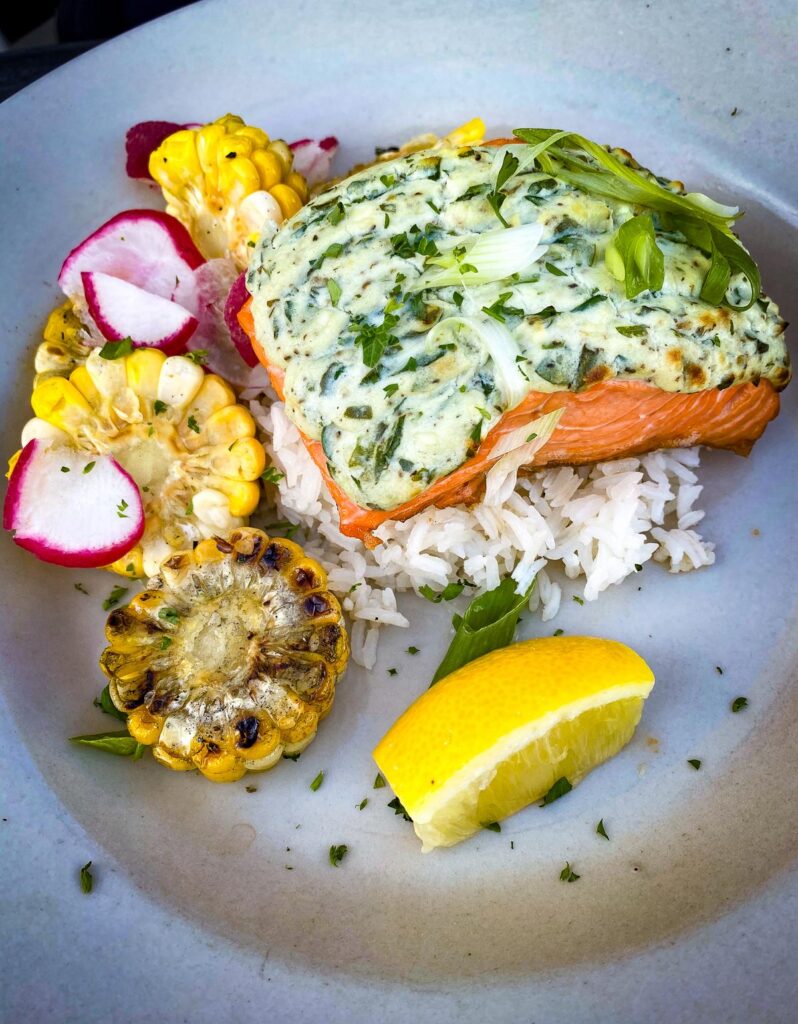
Traveling isn’t just about the sights you’ll see but also about the flavors you’ll taste. Local food is a window to culture, traditions, and the very soul of its people.
Do Your Research: Start by looking up popular local dishes before you travel. This knowledge will whet your appetite and deepen your understanding and appreciation of the destination.
Experience Cooking: If possible, take a local cooking class. It’s not only about following a recipe; it’s about learning the story behind each dish, the techniques, and the subtleties of flavor that make local food unique.
Book A Food Tour: One of my favorite travel experiences was a Portland, Maine food tour. If you’re heading to a larger town or city, check for a local company that offers guided food tours. They’re the best way to sample cuisine highlights in one afternoon.
Try New Experiences: Sit at a local market and observe the bustle of daily life, sampling street food from vendors. Visit a farm, vineyard, or orchard to sample fresh local goods.
Connect with Culture Through Food: Choose eateries where locals go. You’ll get the most authentic experience this way. Be adventurous with your palate. Trying foods that might seem unfamiliar can lead to memorable moments.
By consciously embracing local food, you open the door to new experiences that can define your travels in a way no landmark ever will. You may even like the cuisine so much that you’ll add it to your restaurant rotation when you return home.
7. Use Public Transportation
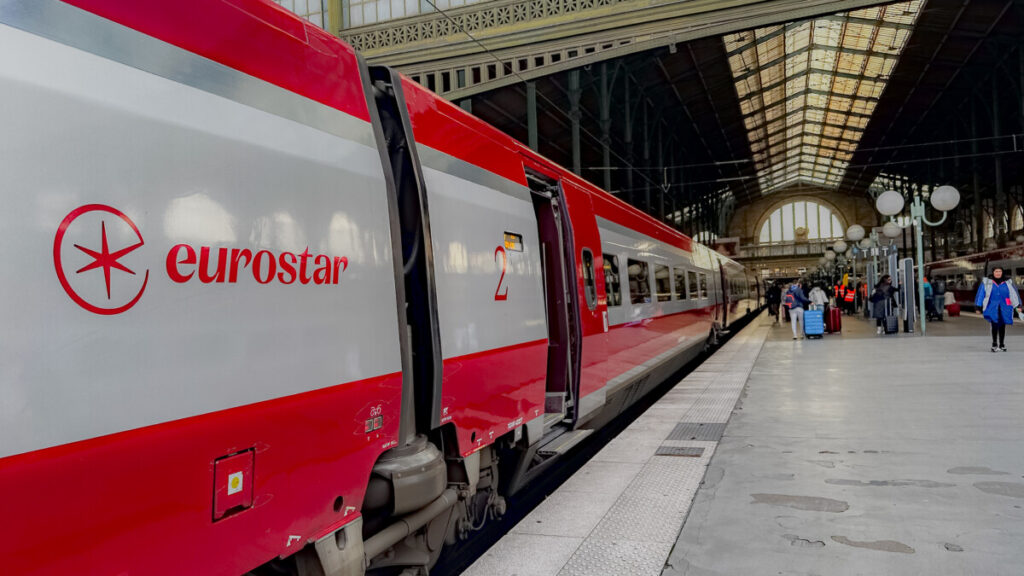
In many destinations, public transportation is a practical choice that can save money, allow you to see places from a local lens, and make it easier to navigate an unfamiliar city. If you’re not comfortable on public transit, do some research ahead of time and prepare.
Before you set out, familiarize yourself with the public transit options at your destination. Check the official websites for maps, schedules, and fares. Also, check local resources and forums for safety information.
Using buses, trains, or subways is usually much more cost-effective than relying on taxis or rideshares, especially when navigating traffic-prone areas. Keeping your travel expenses low gives you the flexibility to spend on unforgettable experiences.
You can often purchase tickets online or through automated kiosks. Consider multi-use passes or travel cards that offer discounts for multiple rides, which cater well to longer stays.
Integrate public transit timelines into your schedule. Understanding peak hours can help you avoid crowds and reduce waiting times. And don’t forget to look up planned route interruptions!
Once, in Atlanta, I arrived at a train station and found that one entire line toward the airport was not running for the weekend. I would have missed my flight if I hadn’t had extra time built into my schedule!
See Related: What To Do When There’s A Train Strike
8. Stay Safe and Be Aware
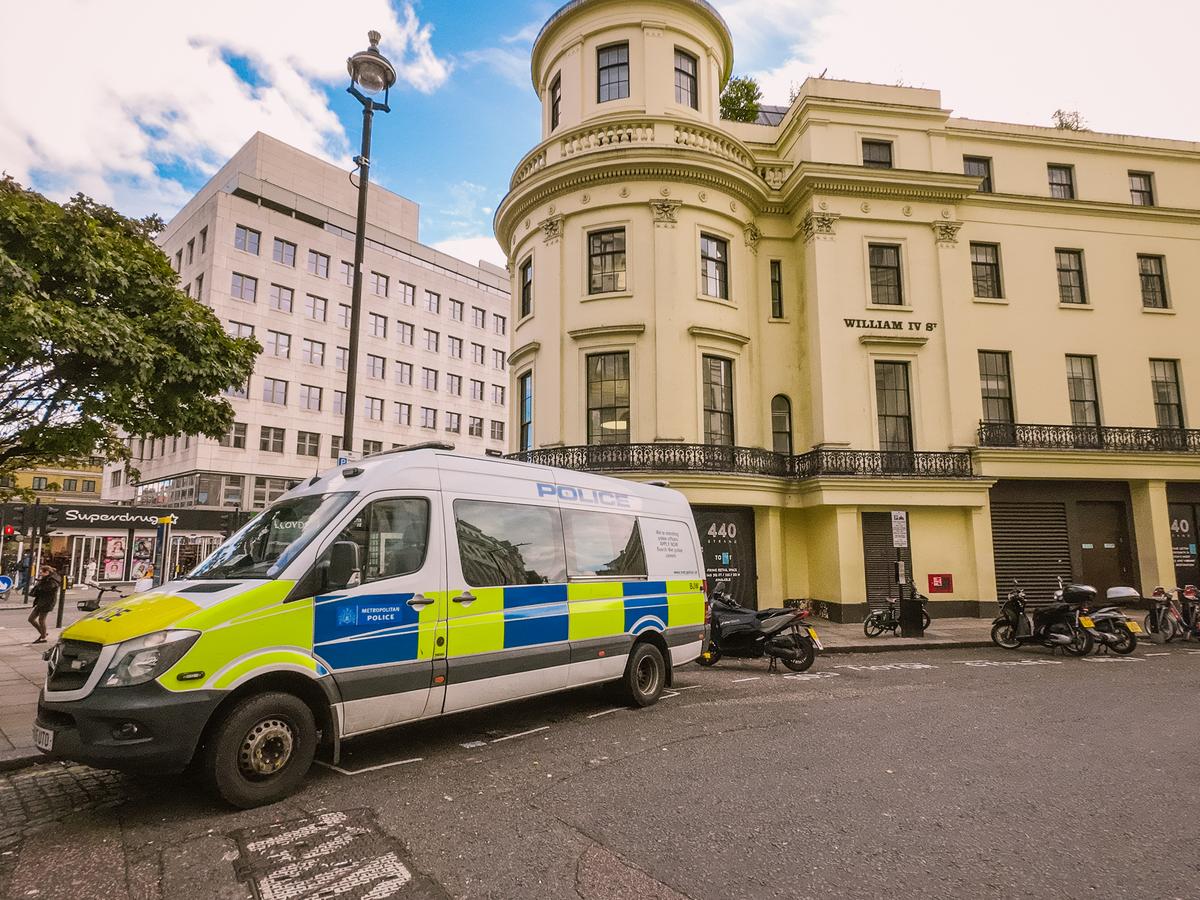
When setting out on your travels, your safety should always take precedence. Here are some practical tips to ensure a safe and enriching travel experience.
- Understand Local Laws: It’s crucial to familiarize yourself with the local laws and customs. This awareness can prevent unintentional offenses and keep you out of trouble.
- Stay Informed: Keep tabs on the current news and updates about your destination. A well-informed traveler can circumvent areas with potential safety risks.
- Know Emergency Information: Always have local emergency numbers on hand. Save them on your phone. This is particularly important for recreating on public land or within a ski resort. Have saved the Forest Rangers, Ski Patrol, or National Park numbers before you realize you need it.
- Use Technology Wisely: Leverage travel apps that enhance your safety. Apps can help you navigate unknown places, translate languages, and even alert authorities in emergencies.
- Be Alert of Your Surroundings: Staying alert doesn’t mean being suspicious of everything but being mindful. Trust your instincts if a situation feels unsafe.
- Keep Valuables Secure: Be cautious with your valuables. Use a travel pouch or money belt to keep your documents and money safe, especially in crowded areas.
9. Reflect and Keep a Travel Journal
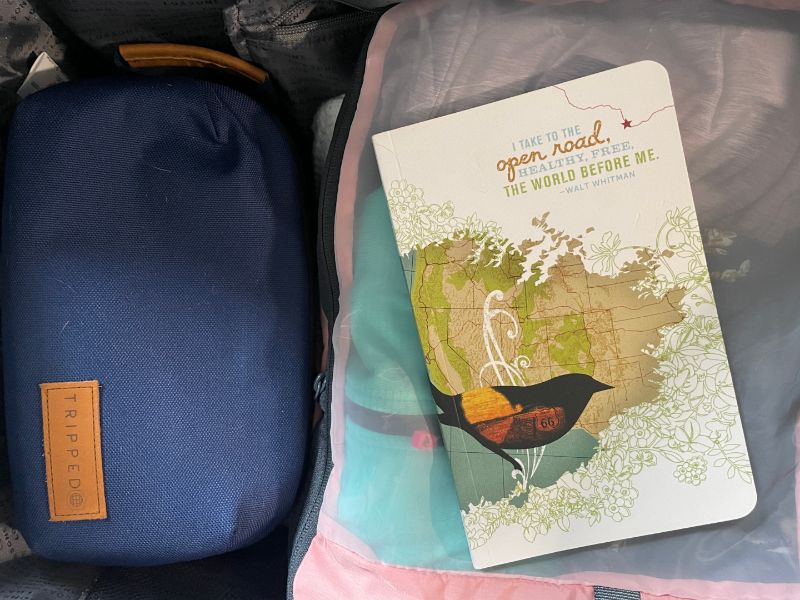
Keeping a travel journal is an invaluable practice to capture memories of your trip. It allows you to preserve your experience beyond the ephemeral shares of social media.
Your journal serves as a personal archive. Documenting your experiences helps to cement memories in your mind, enabling you to relive your adventures long after they’ve concluded. Don’t think you’ll remember everything you’ve experienced – soon, trips will blend, and you’ll want to reflect.
Here are a few journaling prompts to get you started:
- What new things did I learn about the place I visited?
- How did this travel adventure challenge my previous beliefs?
- What encounters struck me the most, and why?
Jotting down thoughts captures events and your emotional responses to them. Go beyond text. Sketching, pasting ticket stubs, or a leaf you found are unique ways to capture moments vividly.
While social media boasts immediacy, your travel journal offers depth. Share these profound insights and stories with friends and family to inspire and deepen connections.
Your travel journal becomes a deeply personal map of your journeys. It’s not just where you went but who you were at the moment and how you saw the world with fresh eyes. Each page becomes a chapter of your life’s adventure, urging you to explore, learn, and grow.
See Related: Best Travel Accessories and Gear
10. Think Ahead To Combat Travel Anxiety
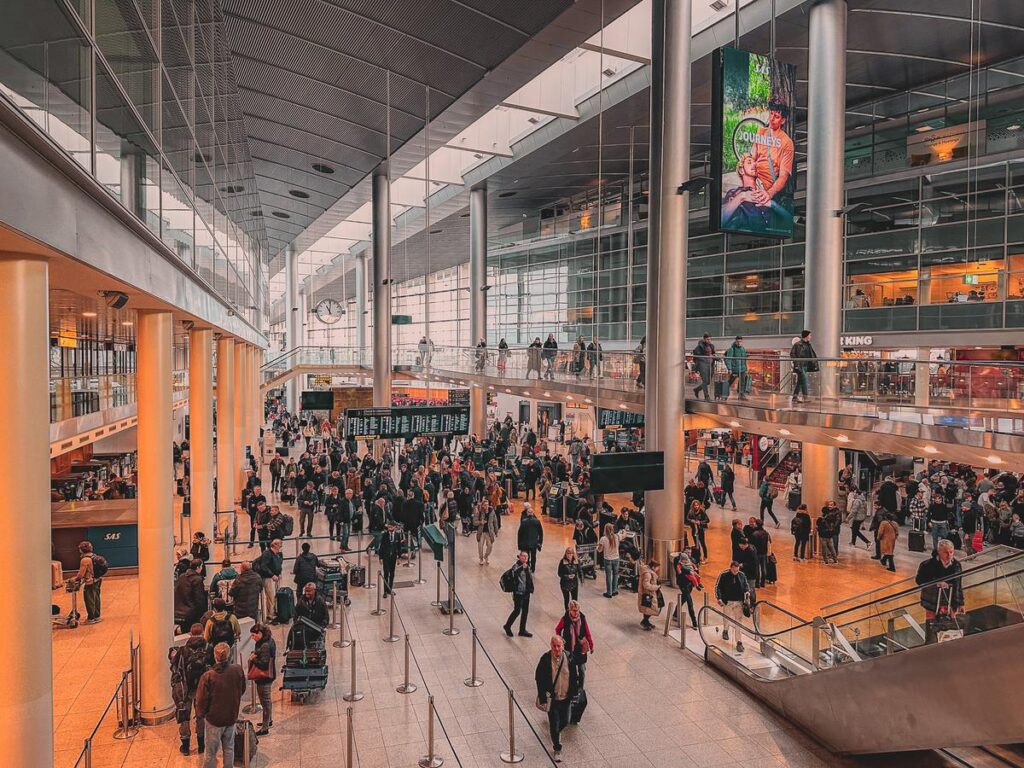
The airport may be the scariest part of any new traveler’s trip. There seem to be many rules, and the whole process can be overwhelming. It seems like every airport has its own rules, too – laptops out, laptops left in your bag, bags in bins, bags out of bins – who can keep track?
First, if you’re a nervous traveler, read our piece dedicated to first-time flyers. It goes over everything you need to know about flying. You’ll learn something even if it’s not your first flight.
Then, check out our list of products for nervous flyers. We may be a team of travelers, but we’re also a team of anxious travelers, and we would love to pass some of our tips along to you.
Beyond reading the above, though, it’s worth thinking ahead about how to make your travel days calmer. This looks a little different to everyone, so give it some thought.
Don’t leave any errands on your list for the day you fly. If you need a coffee in the morning, allow yourself time to stop at the airport for a gourmet brew as a treat, rather than stressing out about making a pot at home and cleaning your mug before you leave.
Other travelers may feel at home in the airport, but landing in a strange city causes that “pit-in-your-stomach” feeling. You can help ease this feeling by looking for destinations that will feel familiar. You might feel more comfortable in Key West than in Bali, and that’s okay!
The more you travel, the more you’ll understand what destinations appeal to you and where you might want to go. Remember, there’s no wrong way to travel if you respect your destination’s culture, customs, and environment. Everyone’s dream trip looks a little different, and that’s the beauty of travel!
Related Resources


